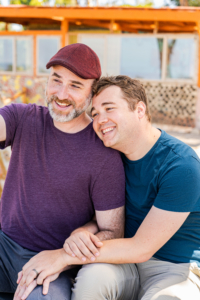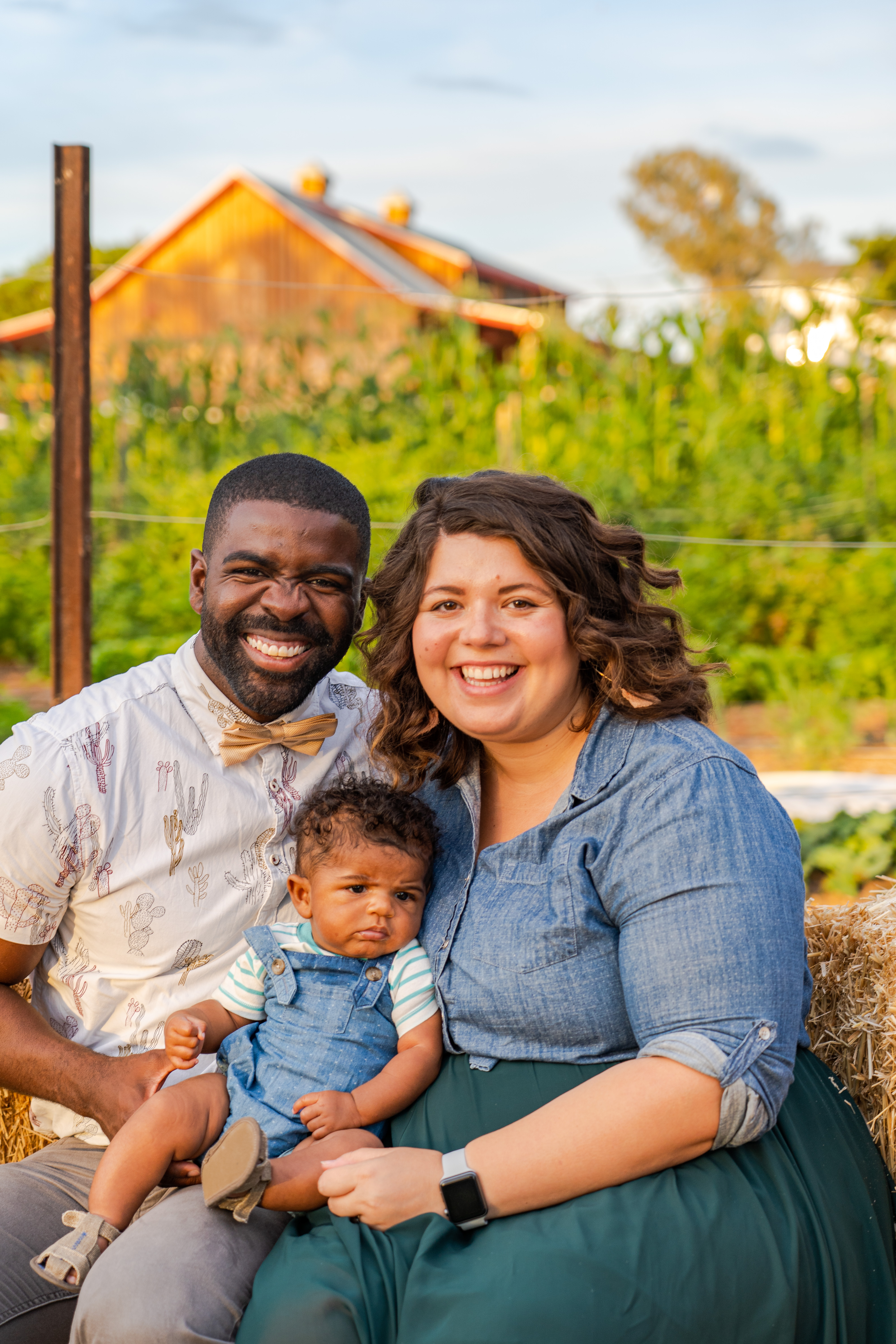Highlights from Steps to Diversify Your Donor Base Part II
After August’s initial workshop, which provided steps to diversify nonprofit donors, we dove into a deeper conversation with field experts. In this session, our esteemed guests were Rick-Arlo Yah Lira from ACLU San Diego & Imperial Counties, Jolyn Parker from San Diego Oasis, Kent Lee from Pacific Arts Movement, and Jordan Daniels from Leichtag Foundation. Moderated by Sharyn Goodson, the group built upon the last session’s ideas and formed them into actionable steps. Read on for our highlights:
On increasing understanding of racial and ethnic groups:
- Recognizing different cultural or religious holidays and events can be as simple as using Google or tapping your network for folx representing the population you’re trying to reach. “It isn’t only just people of color,” says Jolyn. “Dig deep and learn more about the communities that are different than yours.”
- “What does it mean to give?” asks Rick-Arlo. He makes a point that generosity and giving are shared values across many cultures. Broadening the definition of philanthropy can help us include people the field has overlooked. “It is up to us to learn ways donors and communities of color are giving by looking at the histories and traditions of the culture’s philanthropy.”
- Jordan names that sometimes organizations can experience “analysis paralysis,” when trying to understand different identities. He implores us to just move and embrace risk. He also encourages organizations to work “in community,” furthering Jolyn’s suggestion of working with people of different identities to co-create experiences and build stronger relationships.
On conveying the importance of diversity, equity, and inclusion to stakeholders:
- “It starts with understanding who we are within our own organizations,” says Kent. He also suggests understanding the audiences your organization is reaching so that you can take stock of untapped groups. Once you identify missing audiences, it makes it easier for stakeholders to understand why diversity, equity, and inclusion work is important to your mission.
- “Diversity statements are just a piece of paper unless you say what you are actually going to do,” says Jolyn. “Action items are imperative in beginning the process of creating a more equitable workplace.” Start with actions your organization can do right away, like reaching out to donors of color you might already have or designating a leader for your DEI work. Don’t let the work fade into the background!
- “Communities of color have been neglected for decades,” says Rick-Arlo. “When we see that we’re not included in the overall dialogues of philanthropy and fundraising, we create other methods like giving circles and mutual aid groups. Those are responses to our mistrust of institutional giving platforms. We need to build a trusting partnership with open, honest communication.”
On finding and retaining diverse program attendees, volunteers, and donors:
- “You can’t avoid practicing or being a victim of tokenization,” says Jordan, noting that it may feel scary to be transparent about an organization’s lack of DEI work. But transparency will help build trust for stakeholders and let them know that you’re committed to diversity, equity, and inclusion.
- Sharyn reminds us to include staff at all levels in the DEI process. The internal investment will also support community investment.
- The panelists agree that it is vital to create content and publications that represent the communities you want to serve. Be sure that these audiences will “see” themselves reflected in social media posts, on your website, and in your mailings.
The tangible steps you can take:
- Identify the neighborhoods you want to include and community leaders to bring into your organization.
- When thinking of events or opportunities for constituents of new communities, reach out to donors of these groups and ask for their help. Utilize your resources to support your work.
- If you have a communications team, make sure they’re diligently monitoring conversations about their organizations and wielding the power of social media to connect and communicate with communities of color.
- See donors as more than dollar signs. Focus on building relationships that will add value to your organization.
If you missed the workshop, you can watch the conversation in full below!
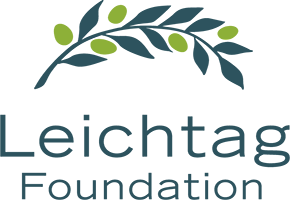


 Black, Jewish and Queer. These three identities weave the fabric of who I am, but it took a long time to believe that they could exist together.
Black, Jewish and Queer. These three identities weave the fabric of who I am, but it took a long time to believe that they could exist together. Lee and Toni Leichtag established the Leichtag Foundation in 1991 following the sale of their business. Lee and Toni were lifelong entrepreneurs with a passion for innovation and for supporting talent. They believed that only with big risk comes big reward. Both born to families in poverty, Toni to a single mother, they strongly believed in helping those most in need and most vulnerable in our community. While they supported many causes, their strongest support was for young children and the elderly, two demographics who particularly lack voice in our society.
Lee and Toni Leichtag established the Leichtag Foundation in 1991 following the sale of their business. Lee and Toni were lifelong entrepreneurs with a passion for innovation and for supporting talent. They believed that only with big risk comes big reward. Both born to families in poverty, Toni to a single mother, they strongly believed in helping those most in need and most vulnerable in our community. While they supported many causes, their strongest support was for young children and the elderly, two demographics who particularly lack voice in our society. Lifelong Baltimoreans, Rabbi George and Alison Wielechowski and their sons, 11-year-old Lennon and 9-year-old Gideon, are more than pursuing the good life in Southern California. Having moved to San Diego more than three years ago, they are fulfilling a lifelong dream.
Lifelong Baltimoreans, Rabbi George and Alison Wielechowski and their sons, 11-year-old Lennon and 9-year-old Gideon, are more than pursuing the good life in Southern California. Having moved to San Diego more than three years ago, they are fulfilling a lifelong dream.



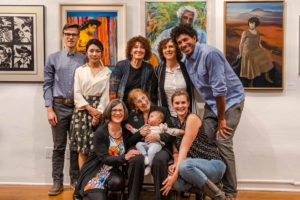
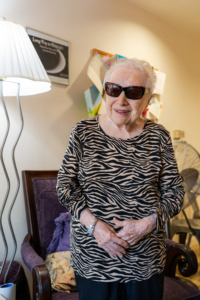
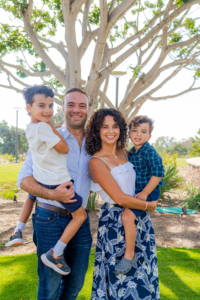
 You would think that as the executive director of San Diego LGBT Pride, Fernando Zweifach López Jr., who uses the pronoun they, has done all the coming out they possibly can. A queer, non-binary individual who has worked for many years on civil rights issues, López also speaks openly and often about their father’s family, Mexican-American migrant workers who tilled the fields of rural California.
You would think that as the executive director of San Diego LGBT Pride, Fernando Zweifach López Jr., who uses the pronoun they, has done all the coming out they possibly can. A queer, non-binary individual who has worked for many years on civil rights issues, López also speaks openly and often about their father’s family, Mexican-American migrant workers who tilled the fields of rural California. Stacie and Jeff Cook understand commitment. They live it.
Stacie and Jeff Cook understand commitment. They live it.